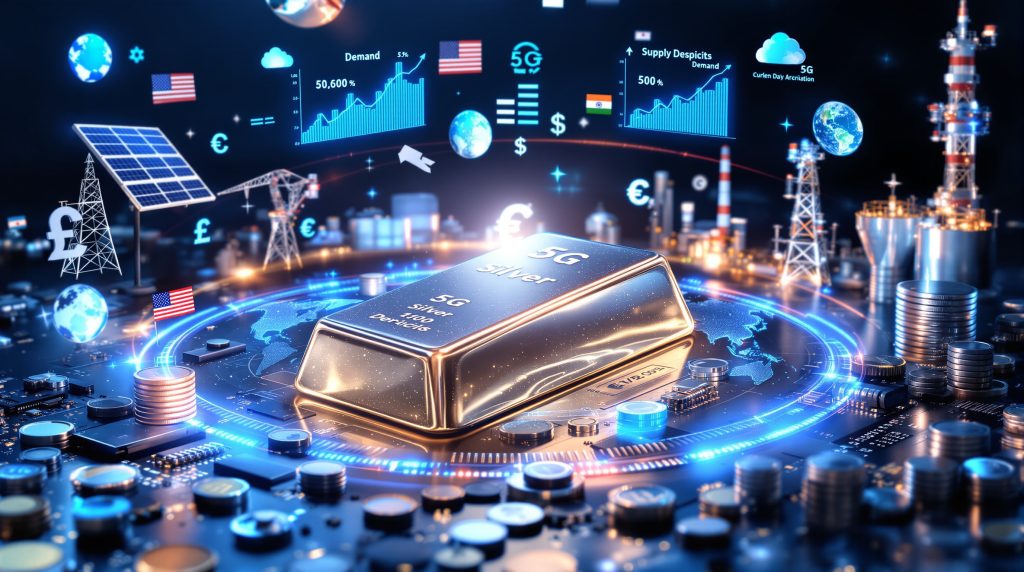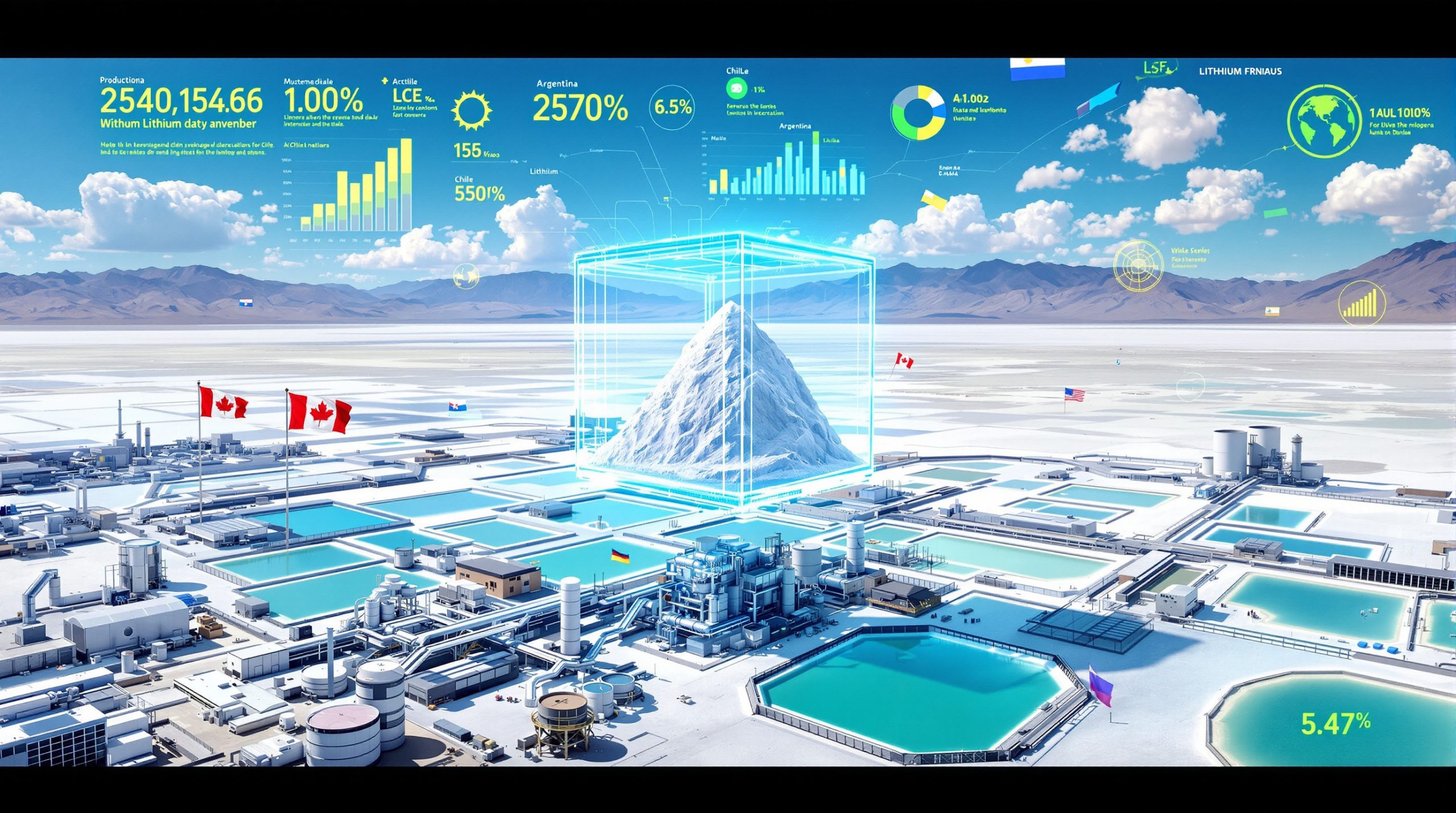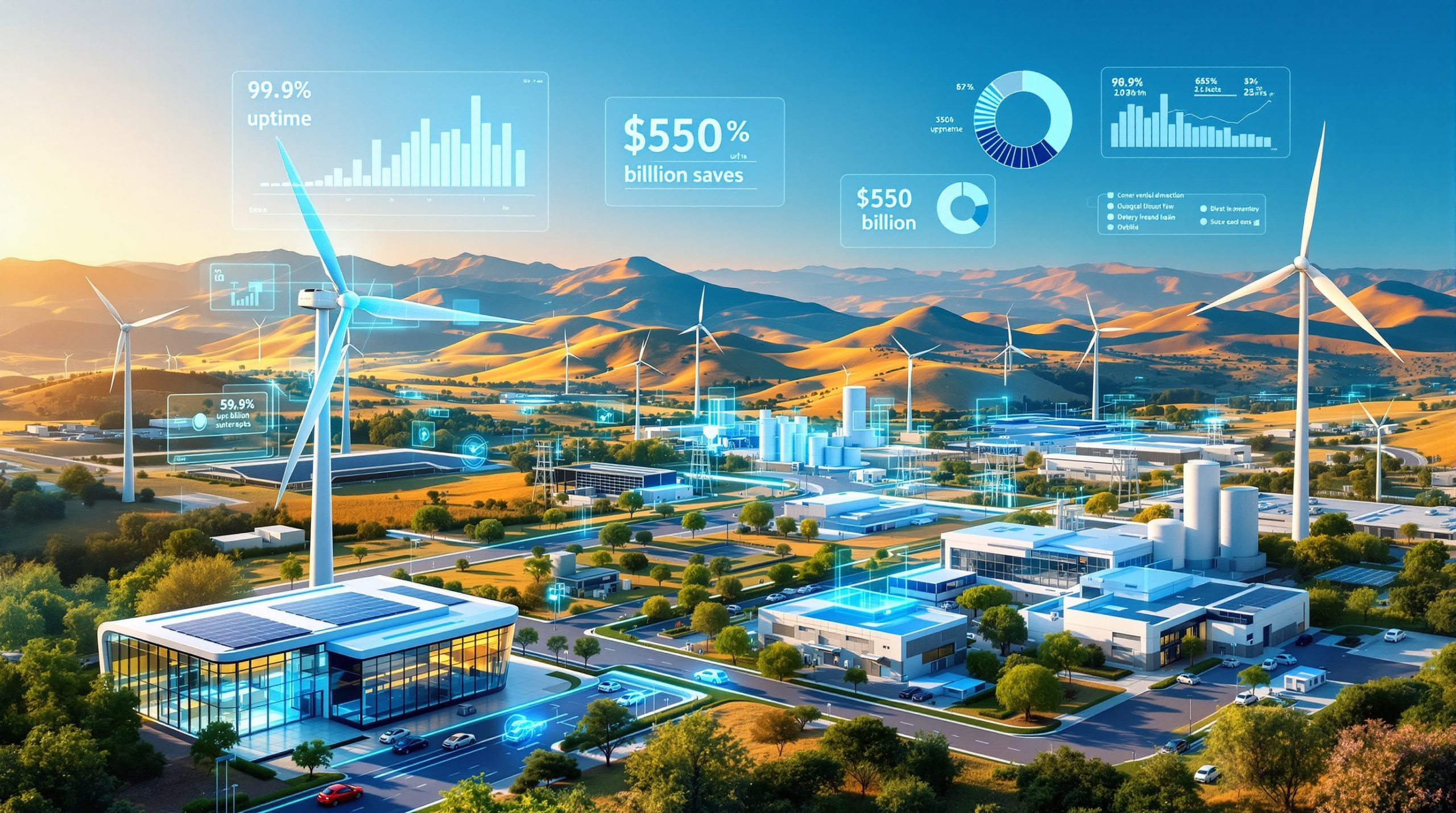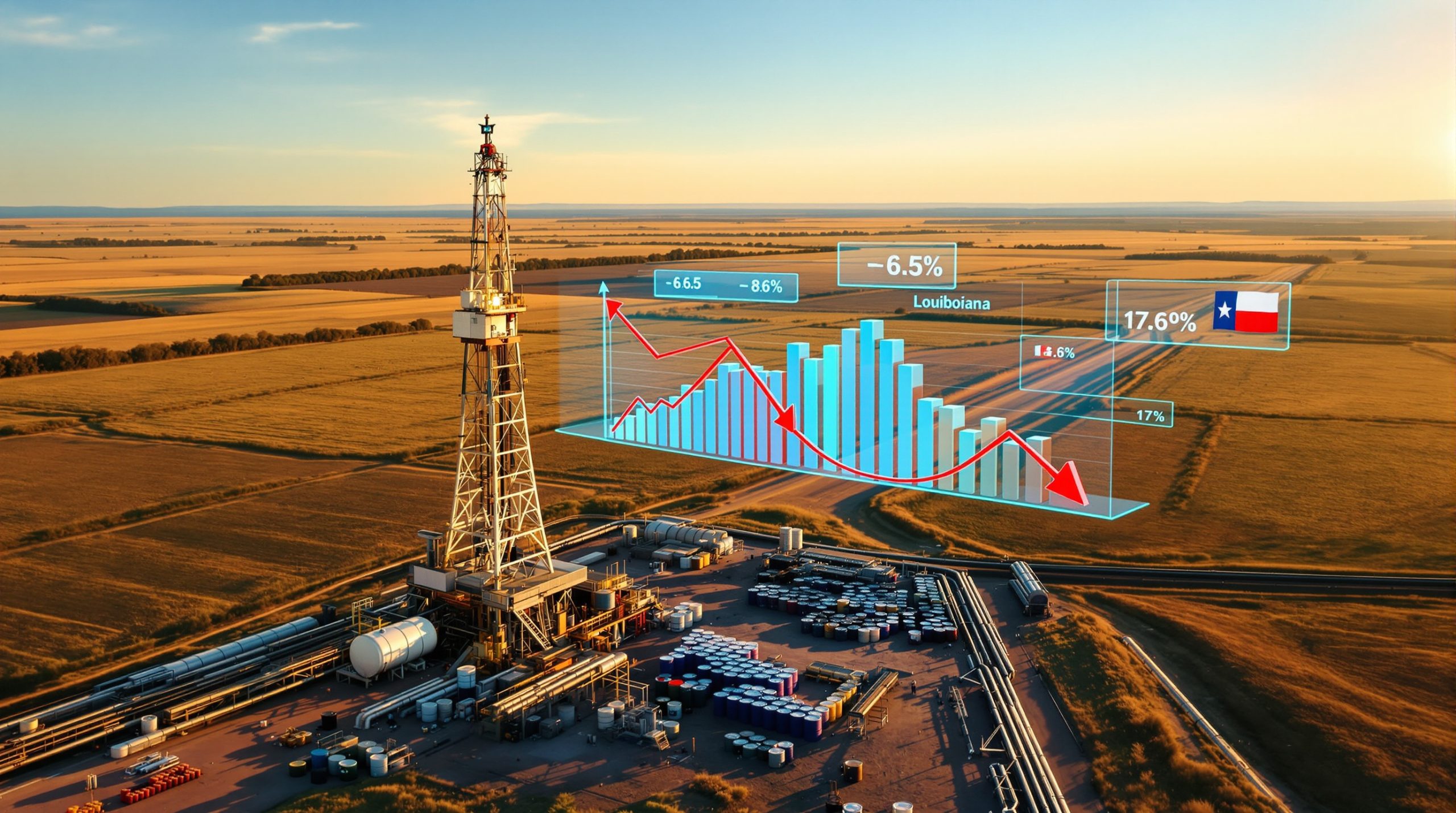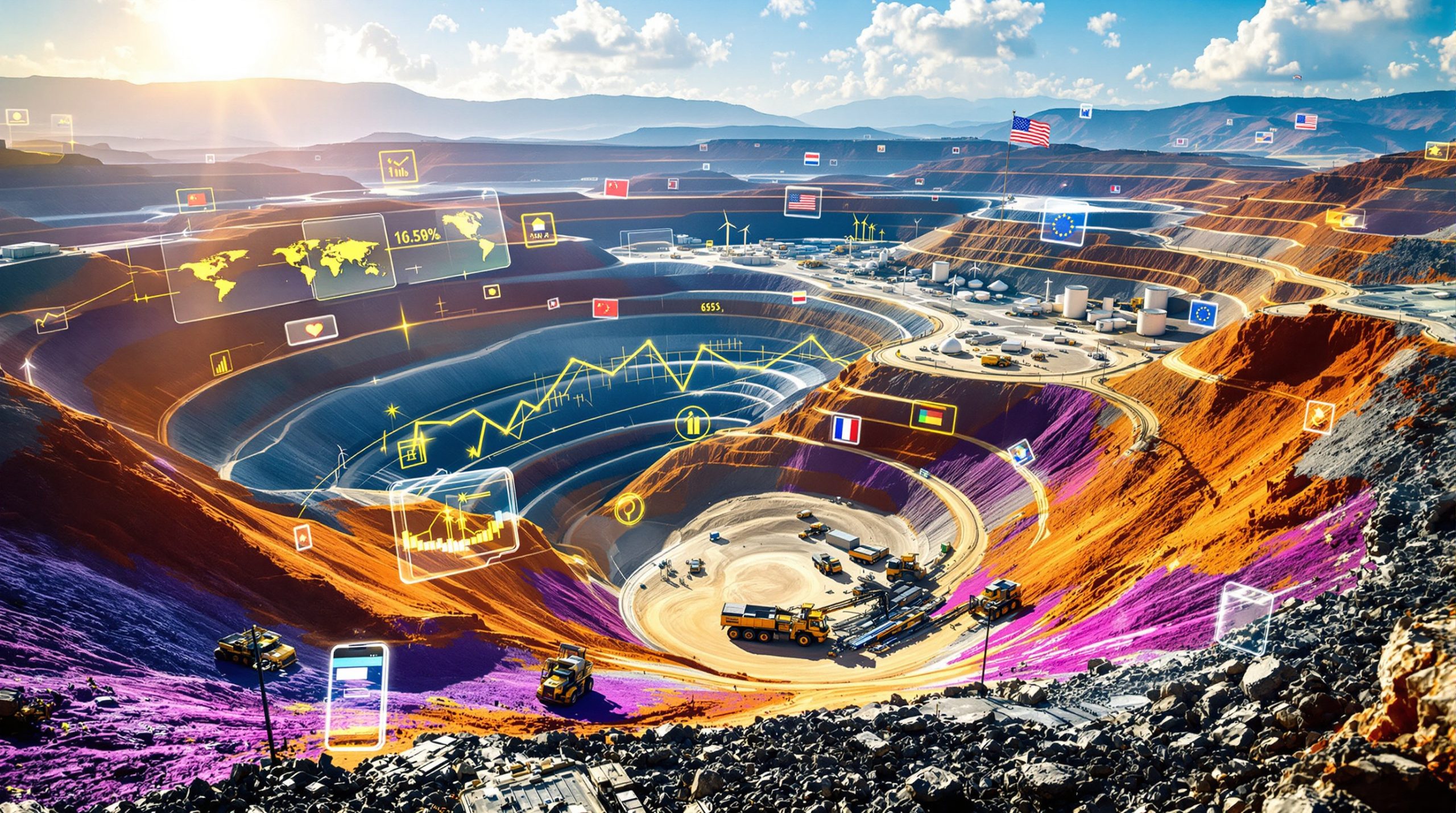How Is Industrial Demand Shaping Silver Investment?
The evolving industrial landscape has positioned silver as a crucial component in various high-growth sectors, creating a robust foundation for investment interest. Industrial applications now consume over half of annual silver production, establishing a demand floor that supports long-term price stability and growth potential.
The Renewable Energy Revolution
Solar panel manufacturing has emerged as the single largest industrial consumer of silver, with photovoltaic cells requiring silver's exceptional electrical conductivity properties. In 2025, the solar sector accounts for approximately 20% of global silver demand, consuming over 200 million ounces annually as countries worldwide accelerate renewable energy transitions to meet climate targets.
Solar installations continue to increase despite periodic silicon shortages and supply chain disruptions, with global capacity additions expected to maintain double-digit growth through 2030. This sustained expansion ensures consistent demand pressure on silver supplies.
Electric Vehicle Production Surge
The electrification of transportation represents another significant silver investment demand driver. Each electric vehicle requires between 25-50 grams of silver for electrical connections, battery management systems, and various electronic components – substantially more than conventional vehicles.
With global EV production projected to reach 14 million units in 2025, this sector now consumes approximately 350-700 metric tons of silver annually. As automotive manufacturers continue transitioning production lines from internal combustion engines to electric platforms, this demand segment shows clear growth trajectories.
Technology and Connectivity Expansion
The ongoing deployment of 5G infrastructure, Internet of Things (IoT) devices, and advanced electronics continues driving substantial silver consumption. Silver's unmatched electrical conductivity makes it irreplaceable in high-performance electronic applications, with approximately 10% of industrial silver incorporated into telecommunications and computing hardware.
The proliferation of smart devices, industrial automation systems, and connectivity infrastructure ensures consistent demand from this sector. Miniaturization trends in electronics have partially offset consumption growth through efficiency gains, but the expanding application base continues to support overall demand increases.
Why Is the Supply-Demand Imbalance Attracting Investors?
Silver's persistent supply constraints against growing demand create fundamental market dynamics that increasingly attract strategic investors. Understanding these structural imbalances provides crucial context for long-term investment decisions.
Persistent Global Supply Deficit
Silver has experienced a structural supply deficit for five consecutive years, with the 2025 shortfall estimated between 120-240 million ounces. This consistent imbalance has gradually depleted above-ground inventories and created fundamental scarcity that investors recognize as supportive of long-term price appreciation.
COMEX silver warehouse stocks declined by approximately 70% between 2021 and 2025, while London Bullion Market Association (LBMA) inventories show similar drawdown patterns. These inventory reductions demonstrate how persistent deficits eventually manifest in physically constrained markets, potentially triggering a silver market squeeze with significant impacts on global finance.
Mining Production Constraints
Primary silver mines account for only about 27% of global silver production, with the remainder coming as a byproduct of copper, lead, zinc, and gold mining operations. This dependency on other metal markets creates supply inelasticity, meaning silver production cannot quickly respond to higher prices or increased demand.
Mexico, Peru, and China remain the dominant silver producers, together accounting for over 50% of global mine output. However, political instability, resource nationalism policies, and increasing regulatory pressures in these regions add further complications to supply reliability.
Declining Silver Grades
The average silver grade in mining operations has fallen by approximately 50% over the past decade. This decline necessitates processing more ore to produce the same amount of silver, increasing production costs and further constraining supply growth potential.
Major silver producers now report average grades below 150 grams per ton, compared to historical averages above 300 grams per ton. This quality deterioration reflects the systematic depletion of higher-grade deposits and the increasing complexity of remaining resources.
How Are Macroeconomic Factors Influencing Silver Investment?
Silver's investment appeal extends beyond industrial fundamentals to include significant macroeconomic considerations. These broader economic dynamics often trigger substantial capital flows into the silver market.
Inflation Hedging Behavior
With persistent inflation concerns in major economies, investors increasingly view silver as a tangible store of value. Silver's historical performance during inflationary periods has made it an attractive portfolio diversifier for those seeking protection against currency devaluation.
Analysis of silver performance during previous inflationary cycles shows average price appreciation of 15-30% during periods when annual inflation exceeds 5%. This hedging characteristic becomes particularly valuable during monetary policy transitions when traditional financial assets face heightened uncertainty.
Interest Rate Environment
The monetary policy landscape in 2025 has significantly impacted precious metals markets. As central banks adjust interest rate policies, investors closely monitor the opportunity cost of holding non-yielding assets like silver. Rate reduction cycles typically correlate with increased silver investment demand.
The inverse relationship between real interest rates (nominal rates minus inflation) and silver prices provides a quantifiable metric for investors evaluating position timing. When real rates turn negative, silver often experiences substantial capital inflows as alternative stores of value become more attractive.
Currency Market Dynamics
Silver prices demonstrate a strong inverse relationship with the U.S. dollar. Currency fluctuations across major economies directly influence silver's relative value and investment appeal in different regions, with a weaker dollar generally supporting higher silver prices.
The dollar index (DXY) correlation with silver prices typically shows a negative coefficient of -0.65 to -0.85, making currency projections an essential component of comprehensive gold‑silver ratio analysis. International investors increasingly incorporate commodities hedging strategies alongside their silver positions.
What Regional Trends Are Driving Silver Investment Demand?
Silver investment demonstrates pronounced regional variations, with distinct investor behaviors and motivations across major markets. Understanding these geographic patterns provides valuable insights into global demand drivers.
United States: Retirement Accounts and Wealth Preservation
The US remains the largest silver investment market, with Americans having acquired approximately 1.5 billion ounces between 2010 and 2025. This substantial accumulation reflects deep market penetration across various investor demographics.
A significant growth driver has been precious metal-backed Individual Retirement Accounts (IRAs), which still represent a relatively small portion of the broader retirement market, suggesting potential for further expansion. According to the Silver Institute, regulatory framework stability and well-established distribution channels support consistent demand patterns despite price volatility.
India: Cultural Affinity and Accessibility
India frequently alternates with the US as the world's largest silver investment market. Between 2010 and 2025, Indian investors accumulated approximately 840 million ounces, primarily in bar form, demonstrating remarkable resilience across market cycles.
Even with domestic silver prices reaching record highs, selling has remained limited, reflecting deeply entrenched bullish sentiment. A 2024 duty reduction stimulated additional buying interest, while exchange-traded products launched in 2022 have broadened the investor base beyond traditional physical holders.
Germany: Regulatory Shifts and Investment Patterns
Germany has experienced significant volatility in silver investment demand. After surging during the pandemic and following Russia's invasion of Ukraine, demand collapsed when favorable tax treatment on non-EU bullion coins ended in 2022.
However, 2025 is witnessing a 25% rebound as liquidations ease and investors return to the market. This recovery demonstrates the underlying strength of German precious metals investment culture, which has historically favored physical ownership over derivative exposure.
Australia: Retirement System Integration
Australia has emerged as the fourth-largest silver investment market globally. Demand increased dramatically from 3.5 million ounces in 2019 to over 20 million ounces in 2022, supported by favorable tax treatment and growing integration of silver into retirement accounts.
The market continues to expand as investors increasingly view silver as undervalued relative to gold. Australia's self-managed superannuation fund (SMSF) structure provides a particularly conducive framework for precious metals integration, allowing direct ownership within retirement portfolios.
How Is Market Sentiment Affecting Silver Investment?
Market psychology plays a crucial role in silver investment decisions, often influencing capital flows independently of fundamental factors. Understanding these sentiment-driven dynamics provides context for price movements and investment timing.
Gold-Silver Ratio Dynamics
The gold-silver ratio (the number of silver ounces needed to purchase one ounce of gold) has historically averaged between 45-80. When this ratio reaches extreme levels, it often triggers rebalancing as investors recognize relative value opportunities.
In early 2025, the ratio remained elevated by historical standards, suggesting silver may be undervalued compared to gold. Analysis of previous ratio extremes indicates mean reversion tendencies, with silver typically outperforming gold during normalization periods.
Investment Product Innovation
The silver investment landscape has evolved with new product offerings. Exchange-traded products launched in India in 2022 have broadened the investor base by providing easier access. Similarly, fractional ownership platforms and digital silver instruments have lowered entry barriers for retail investors globally.
These innovations have expanded the potential investor universe while maintaining connections to physical metal backing. Product evolution continues with blockchain-based ownership records and enhanced transparency features addressing traditional concerns about physical verification and custody.
Volatility Perception
Silver's price volatility—typically 1.5-2 times that of gold—creates both challenges and opportunities for investors. This characteristic attracts tactical traders seeking short-term gains while sometimes deterring conservative investors focused on wealth preservation.
However, this volatility has increasingly been viewed as an opportunity rather than a drawback in the current economic climate. The development of sophisticated options strategies and silver premium analysis has enabled investors to manage volatility exposure while maintaining core positions.
What Role Do Geopolitical Factors Play in Silver Investment?
Geopolitical considerations increasingly influence silver investment decisions, with supply chain security and resource nationalism emerging as prominent concerns. These factors add strategic dimensions to traditional investment analyses.
Supply Chain Security Concerns
Geopolitical tensions have heightened awareness of supply chain vulnerabilities across critical minerals, including silver. With approximately 40% of global silver production concentrated in Latin America and significant refining capacity in China, diversification of supply sources has become a strategic priority.
Both industrial users and investors now evaluate geographic concentration risks when making long-term commitments. This security awareness has supported premium pricing for silver produced in politically stable jurisdictions and encouraged inventory building as insurance against potential disruptions.
Resource Nationalism
Several silver-producing countries have implemented or proposed policies to increase state control over mineral resources. These measures, ranging from higher royalty rates to ownership restrictions, have raised concerns about future supply availability.
Mexico's mining reforms, Peru's political instability, and various export restriction proposals have collectively contributed to investment demand as a hedge against potential disruptions. Industry analysis suggests these policies could constrain supply growth by 5-10% over the next five years.
Conflict-Related Uncertainty
Regional conflicts and international tensions have historically driven safe-haven investment in precious metals. The ongoing geopolitical landscape in 2025 continues to support this traditional role of silver as a crisis hedge and portfolio stabilizer during periods of heightened uncertainty.
Analysis of silver price movements during major geopolitical events shows average gains of 8-15% during acute crisis periods, reinforcing the metal's perceived safety attributes. This behavior pattern remains remarkably consistent despite changes in broader market structures and trading mechanisms.
How Is Silver's Dual Nature Influencing Investment Demand?
Silver's distinctive position as both an industrial material and monetary asset creates unique market dynamics not present in other commodities or investment vehicles. This dual nature provides differentiated exposure to multiple economic trends simultaneously.
Industrial-Monetary Balance
Silver's unique position as both an industrial commodity and monetary metal creates distinctive market dynamics. This dual nature means silver benefits from both industrial growth trends and monetary safe-haven flows, providing investors with exposure to multiple economic factors through a single asset.
Analysis of price behavior shows that industrial demand typically drives long-term baseline support, while investment flows generate cyclical price peaks. This complementary demand structure creates asymmetric upside potential during periods when both sectors experience simultaneous strength.
Price Discovery Mechanisms
The interaction between physical silver markets and derivatives trading influences price formation and investment decisions. The growing volume in silver options trading reflects increased interest in managing price exposure and positioning for potential market movements.
COMEX futures and options volumes have increased by approximately 35% since 2020, while over-the-counter transactions show similar growth patterns. This expanded derivatives activity has improved market liquidity while sometimes creating disconnections between paper and physical pricing during stress periods.
Physical Versus Paper Market Dynamics
The relationship between physical silver holdings and paper silver instruments (futures, options, ETFs) continues to evolve. Investors increasingly differentiate between direct ownership of physical metal and derivative exposure, with many preferring tangible assets during periods of financial uncertainty.
Premiums for physical silver products over spot prices fluctuate as indicators of this preference shift, reaching 25-30% during extreme market stress before normalizing to 5-10% under stable conditions. These premium cycles provide valuable signals about investor sentiment and potential price direction.
Conclusion: The Outlook for Silver Investment Demand
Silver investment dynamics continue evolving amid changing industrial requirements, supply constraints, and macroeconomic conditions. These complex interactions create both challenges and opportunities for market participants.
The convergence of robust industrial consumption, persistent supply deficits, macroeconomic uncertainty, and evolving investment markets creates a compelling environment for silver investment in 2025. While demand patterns vary significantly by region and investor type, the fundamental drivers supporting silver as both an industrial input and investment asset remain firmly in place.
The concentration of physical investment demand in just four countries—the United States, India, Germany, and Australia—highlights both the geographic focus of current demand and the potential for expansion into underrepresented markets. As industrial applications continue to grow and monetary concerns persist, silver's dual nature positions it uniquely among investment assets.
For investors navigating the complex landscape of 2025, silver offers exposure to both technological advancement and traditional wealth preservation—a combination that continues to attract diverse participants to this dynamic market. Many investors are now pursuing commodities investment diversification strategies to capitalize on these trends.
Disclaimer: This article contains forward-looking statements about silver markets and investment performance. These projections involve inherent risks and uncertainties. Actual outcomes may differ materially from predictions due to various factors including market volatility, regulatory changes, geopolitical events, and technological developments. Readers should conduct their own research and consult with financial advisors before making investment decisions.
Want to Spot the Next Major Mineral Discovery on the ASX?
Discovery Alert's proprietary Discovery IQ model delivers instant notifications when significant mineral discoveries are announced, transforming complex data into actionable investment insights that could lead to substantial returns. Explore historic discovery performances and how they've rewarded early investors by visiting our dedicated discoveries page.
